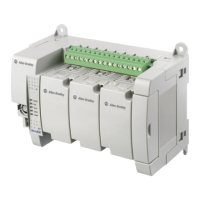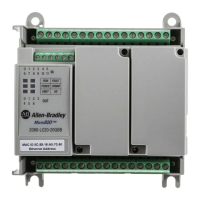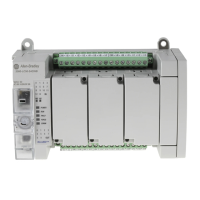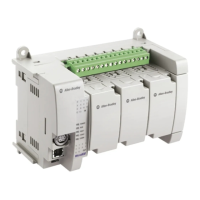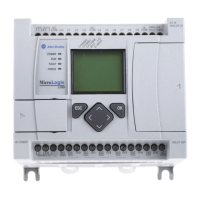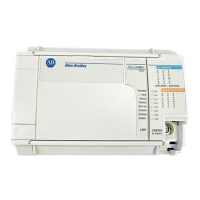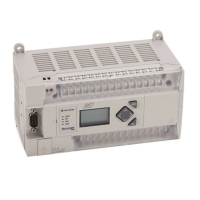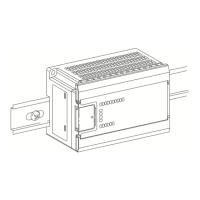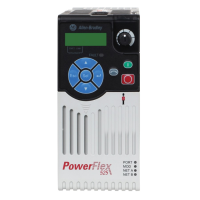322 Rockwell Automation Publication 2080-UM002K-EN-E - March 2019
Appendix F PID Function Blocks
ATWarnings Output DINT Warning for the AutoTune sequence. Possible value
are:
0 = No auto tune done.
1 = In auto tune mode.
2 = Auto tune done.
-1 = Error 1: Input automatically set to TRUE, no auto
tune possible.
-2 = Error 2: Auto tune error, the ATDynamSet expired.
OutGains Output GAIN_PID Gains calculated from AutoTune Sequences.
Use GAIN_PID data type to define the OutGains
output.
ENO Output BOOL Enable output.
Applicable to Ladder Diagram programs.
GAIN_PID Data Type
Parameter Type Description
DirectActing BOOL Types of acting:
TRUE = Direct acting, output moves same direction as error. That is,
the actual process value is greater than the SetPoint and the
appropriate controller action is to increase the output. For example,
Chilling.
FALSE = Reverse acting, output moves opposite direction as error.
That is, the actual process value is greater than the Setpoint and the
appropriate controller action is to decrease the output. For example,
Heating.
ProportionalGain REAL Proportional gain for PID (>= 0.0001).
Proportional gain for PID (P_Gain)
A higher proportional gain causes a larger change in the output
based upon the difference between the PV (measured process value)
and SV (set point value). The higher the gain, the faster the error is
decreased, but this may result in instability such as oscillations. The
lower the gain, the slower the error is decreased, but the system is
more stable and less sensitive to large errors. The P_Gain usually is
the most important gain to adjust and the first gain to adjust while
tuning.
IPIDCONTROLLER Arguments
Parameter Parameter
Type
Data Type Description

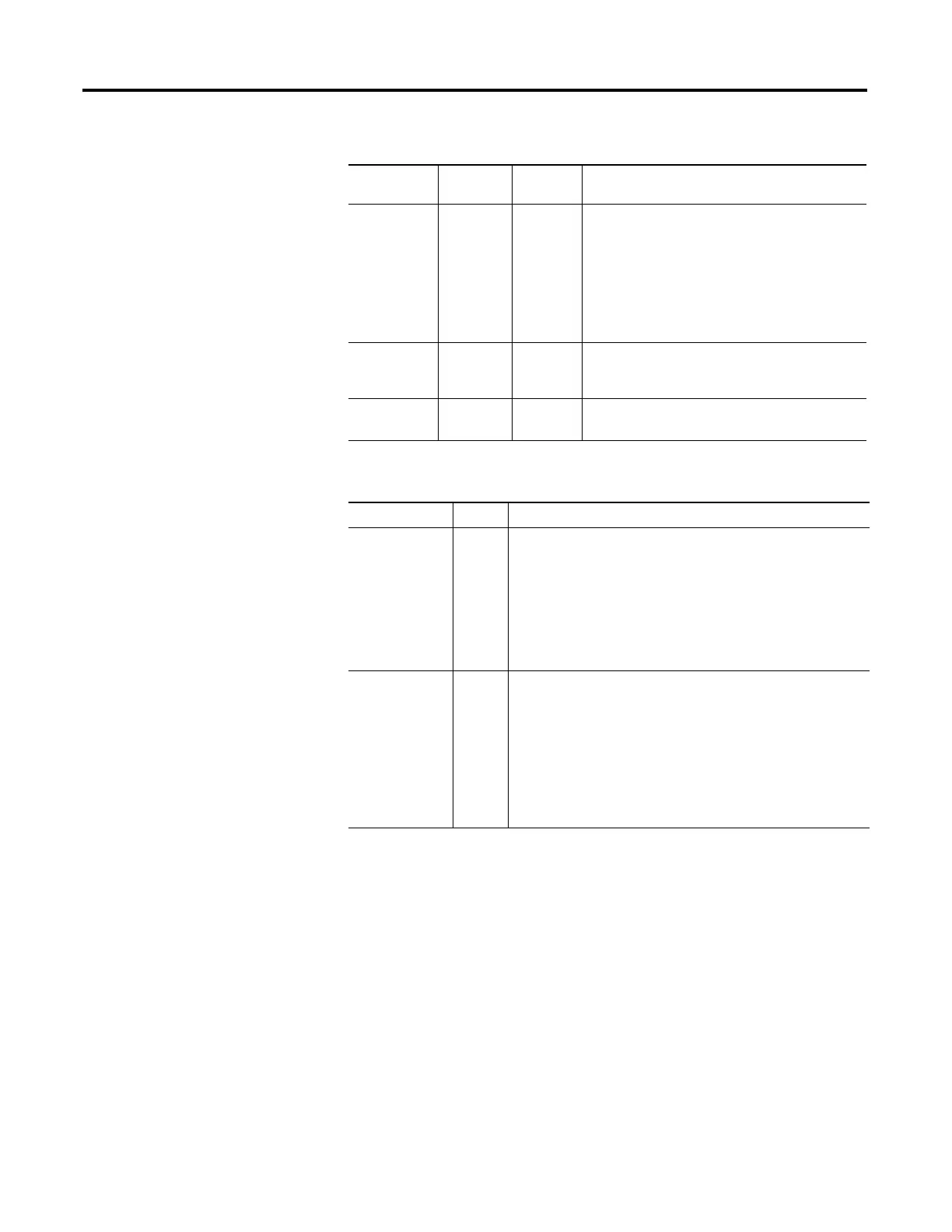